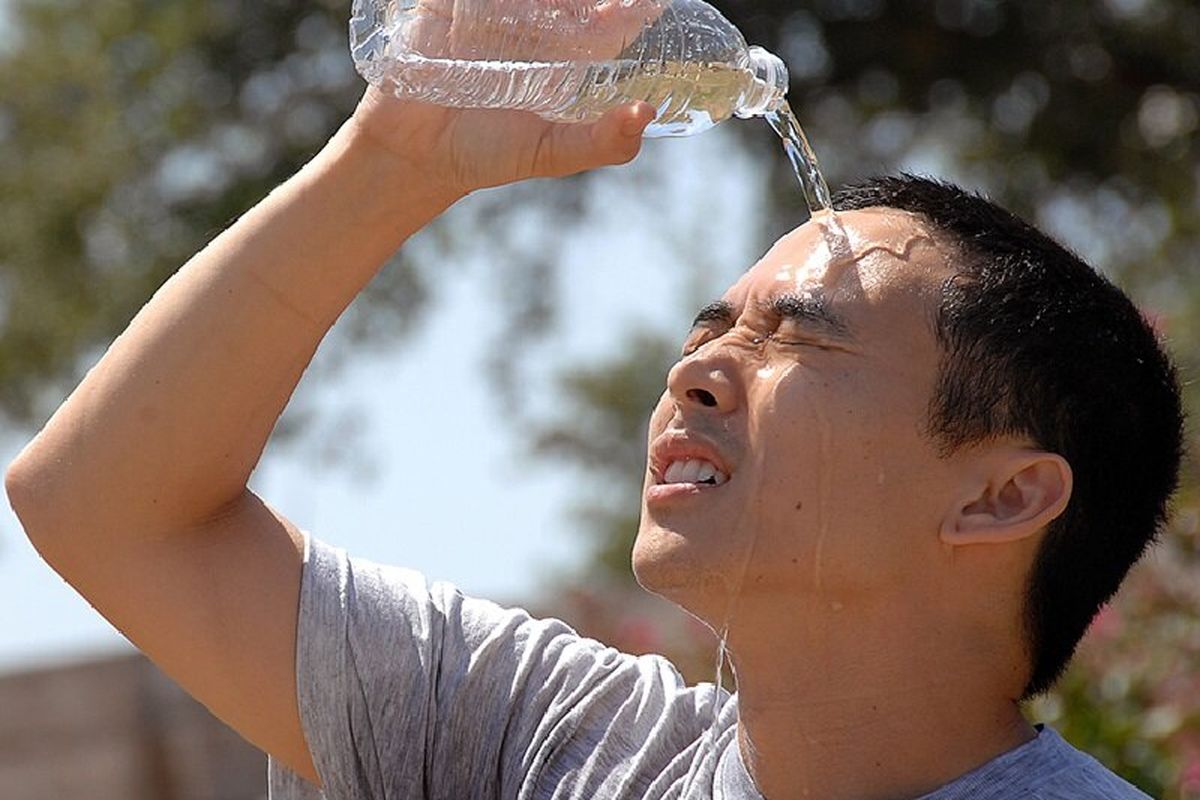
Stay Cool, Stay Healthy: Science-Approved Ways to Beat Summer Heat
Barekat Health & Pharmaceutical Group: Although we are only two weeks into July and the official start of summer, the intense heatwave in Tehran and other major cities across Iran began nearly two months ago. This summer has proven to be more oppressive and challenging than usual, with soaring temperatures that continue to push public health to its limits.
With daytime temperatures exceeding 40°C and nighttime lows rarely dipping below 32°C, the country is facing extreme conditions that place millions of Iranians at serious health risk. This situation is a direct consequence of accelerated climate change, unbalanced urban expansion, and a lack of resilient infrastructure to cope with extreme heat. As a result, the incidence of heat-related illnesses has risen exponentially. Healthcare facilities in metropolitan areas and other hot regions are seeing a growing number of patients, and the statistics surrounding heat-related conditions are increasingly alarming.
However, addressing this crisis goes far beyond simply treating the symptoms of heatstroke. It demands a scientifically grounded understanding of how the body responds to heat, awareness of both environmental and personal risk factors, and the implementation of evidence-based, modern, and practical strategies for prevention and management.
In this report, we offer a comprehensive and locally informed analysis of strategies to prevent and manage heat-related illnesses, with the goal of transforming this summer—and those to come—into seasons of better health and greater harmony with the environment.
Body’s Physiological Response to Heat
The human body relies on complex thermoregulatory systems—such as sweating and peripheral vasodilation—to maintain a stable core temperature of approximately 37°C. When exposed to high temperatures, sweat evaporates from the skin, helping to dissipate heat. However, in extreme heat or high humidity, these mechanisms lose efficiency.
As a result, heat begins to accumulate in the body, and core temperature can rise above 40°C, potentially causing severe damage to the central nervous system, heart, and kidneys. In cases of severe heatstroke, multi-organ failure and death can occur within hours. Medical research has shown that even temperatures above 38°C significantly compromise the heat tolerance of vulnerable populations such as children and the elderly.
Urban Heat Islands: Silent Killer in Megacities
The “urban heat island” phenomenon refers to the accumulation and retention of heat in city environments due to an abundance of heat-absorbing surfaces like asphalt, concrete, and densely packed buildings. In Tehran, this effect can raise temperatures in certain districts by up to 5°C compared to surrounding areas. Compounding this issue, air pollution and insufficient green space hinder natural ventilation and exacerbate urban heat retention.
Studies by the Environmental Protection Organization indicate that central Tehran experiences the highest levels of heat and humidity—posing particularly serious risks to individuals who work outdoors. Tackling this issue requires forward-thinking urban planning and a significant expansion of urban greenery.
Vulnerable Groups: Most Frequent Victims of Heatstroke
Children, the elderly, and outdoor workers are at the greatest risk of heatstroke. Due to their still-developing thermoregulation systems, children are more prone to heat shock. Similarly, older adults, with diminished sweating capacity and pre-existing health conditions, are less able to cope with heat stress.
Construction workers, farmers, and sanitation workers who must work during peak heat hours represent a significant portion of heatstroke cases. According to the Ministry of Health, the majority of heat-related patients fall within these groups, highlighting the urgent need for targeted education and protective policies.
Hydration & Electrolyte Balance: A Critical Duo for Health
Staying hydrated requires more than just drinking plain water—it also involves maintaining proper electrolyte balance. Electrolytes such as sodium, potassium, and magnesium are essential for cellular function and fluid regulation. Excessive water intake without adequate electrolyte replacement can lead to hyponatremia—a potentially fatal condition.
The best ways to maintain hydration and electrolyte balance during extreme heat include using oral rehydration solutions (ORS), drinking coconut water, diluted yogurt-based beverages (like low-salt doogh), and consuming natural fruit juices. Avoiding caffeinated and sugary drinks is crucial, as they promote fluid loss through increased urination and can worsen dehydration.
Smart Choices in Clothing,Nutrition
Wearing lightweight, loose-fitting, and breathable cotton clothing is one of the most effective ways to cope with the heat, as these fabrics allow for better airflow and perspiration. In contrast, dark or synthetic materials absorb heat and can raise body temperature significantly.
From a nutritional perspective, consuming light, fresh, water-rich foods—particularly fruits and vegetables—is highly recommended. Avoiding heavy, fatty meals reduces the body’s metabolic load and internal heat production. Additionally, limiting physical activity during the hottest parts of the day is vital for reducing strain on the body’s systems.
Managing Living Spaces: Simple & Practical Solutions
With frequent power outages and limited access to air conditioning, affordable and science-backed solutions are essential for cooling indoor environments. Using thick, light-colored curtains, harnessing natural ventilation by opening windows during cooler hours, and positioning bowls of ice in front of fans can significantly reduce indoor temperatures.
Insulating windows and walls, minimizing the use of heat-generating electrical appliances, and taking a lukewarm shower before bed can also improve sleep quality and reduce body heat.
Policy & Education: Keys to National Resilience
The heat crisis calls for a comprehensive, macro-level response. Public and professional education about the dangers of heatstroke, methods of prevention, and proper care should be widely promoted in schools, the media, and healthcare facilities.
Critical urban infrastructure must be upgraded through the expansion of green spaces, installation of public shade structures, free hydration stations, and adjustments to work hours—particularly for outdoor laborers. Furthermore, the development and implementation of national climate adaptation plans are essential to ensure that future summers pose less risk to public health and safety.
Conclusion
Heatstroke is a serious public health threat that has gained new urgency in the context of increasingly hot summers and accelerating climate change. A deep understanding of the body’s physiological responses, environmental risk factors, and vulnerable populations—combined with scientifically proven strategies like hydration management, appropriate clothing and diet, and improved living conditions—can significantly reduce the incidence of heat-related illnesses.
Beyond individual actions, effective urban planning and environmental health policies are critical to building national resilience. Only through a holistic, localized, and evidence-based approach can we turn future summers into safer, healthier seasons for all citizens across Iran.
-
Barekat Health & Pharmaceutical Group at the 10th Iran Pharma Exhibition
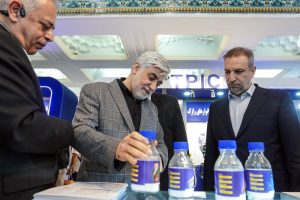
-
Ali Safa visits Sobhan Oncology & Sobhan Darou
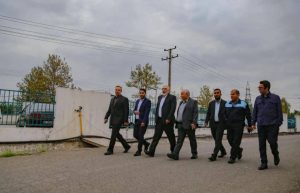
-
Pirsalehi & Safa visit Saman Daroo 8 Knowledge-based Company
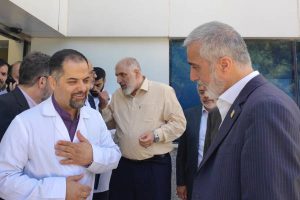
-
Barekat Managing Director Visits Samen Pharmaceutical Company
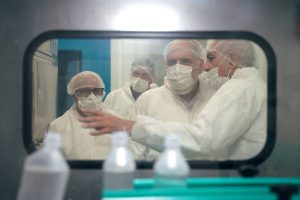
-
Honoring Pharmacists’ Day
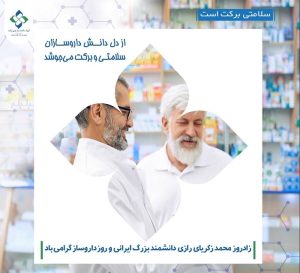
-
Barekat Top Executives Visiting to Barekat Hospital
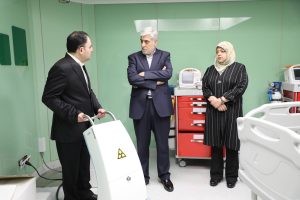
-
Alborz Darou honored as Top Exporter of Qazvin Province in 2024

-
Footsteps & Gazes of Disease: A Revolution in Early Diagnosis

